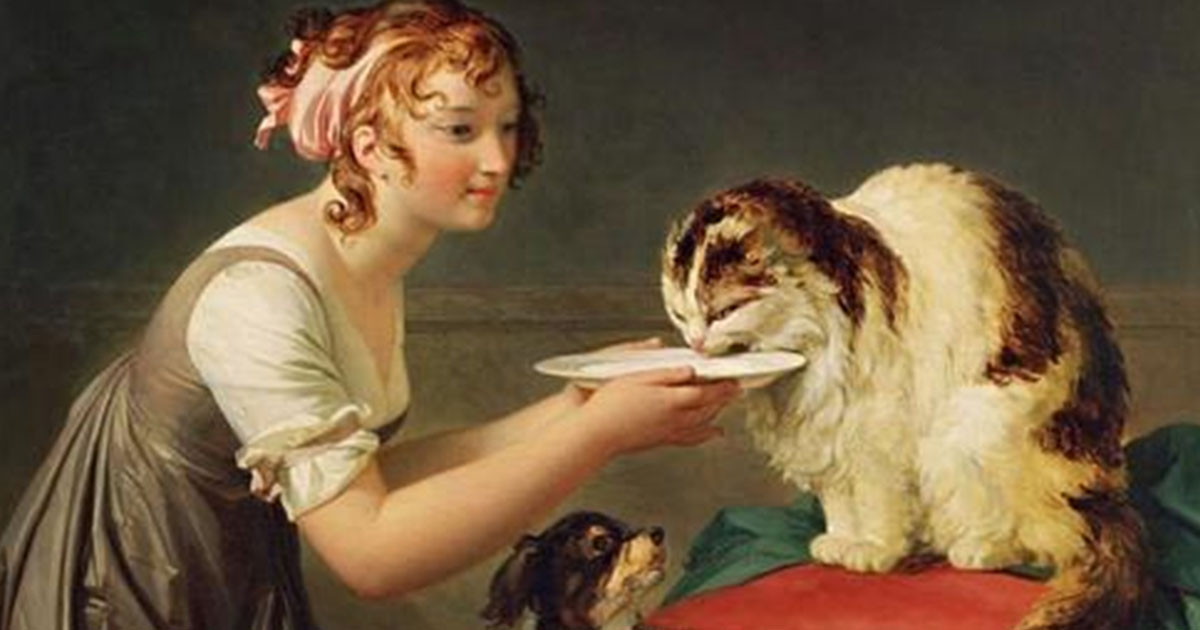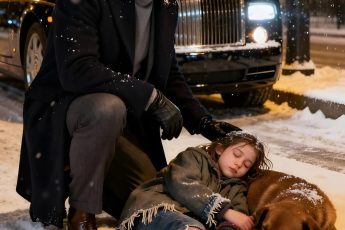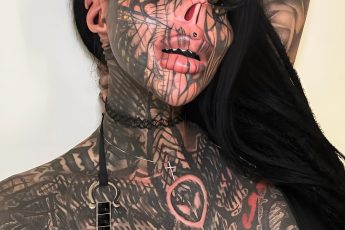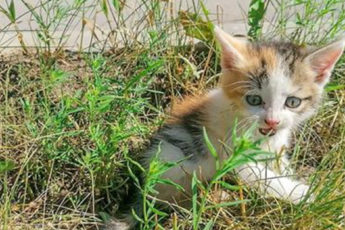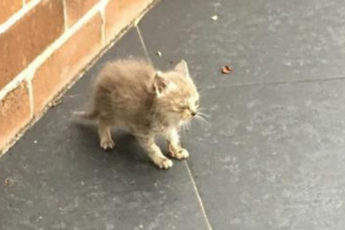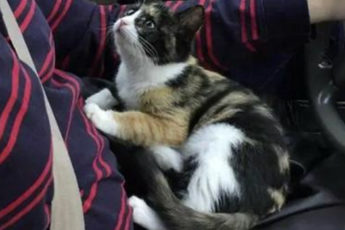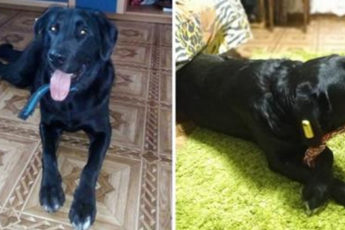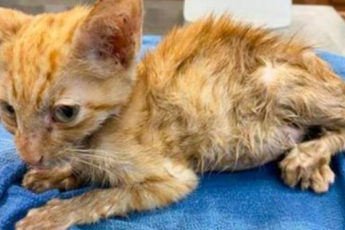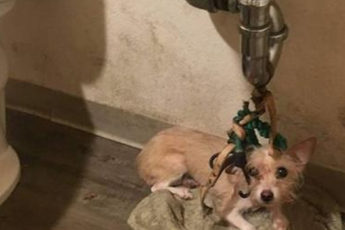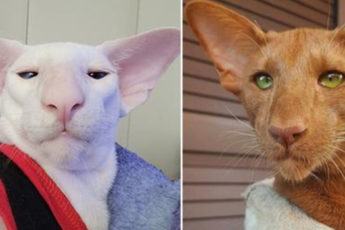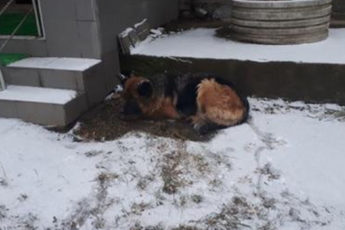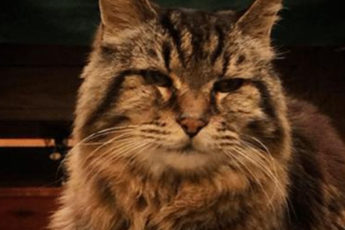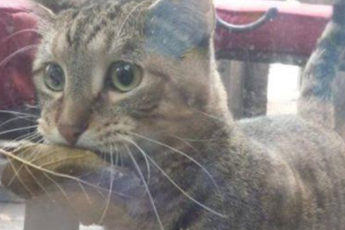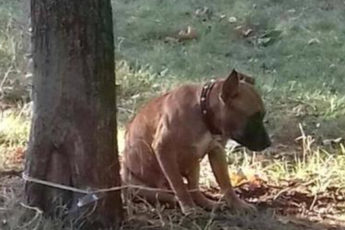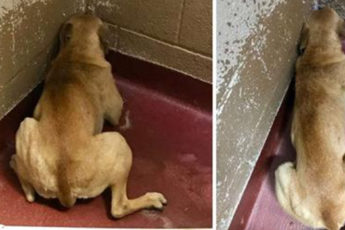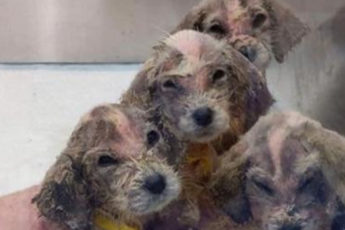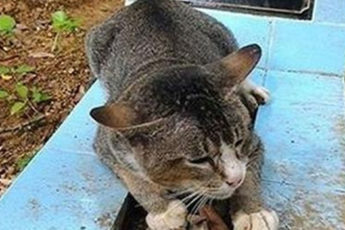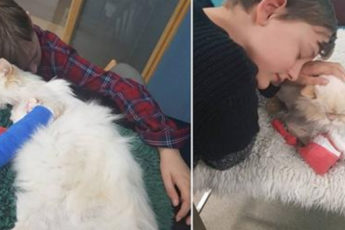All of these artists came from a variety of backgrounds. Some worked in the classical style, some used innovative techniques, some illustrated books, and some preferred graphics. But they all had something in common, namely a love of cats.
Frederico Barocci
Frederico Barocci was an Italian master who worked in the late 16th and early 17th centuries. His painting “Madonna with Child and Cat” is painted at the end of the Renaissance, but it does not correspond to the worldview of that time – during the Inquisition, not only witches were hunted, but also cats. The result of this attitude towards “tailed” cats was a constant plague epidemic – the fewer cats, the more rats.
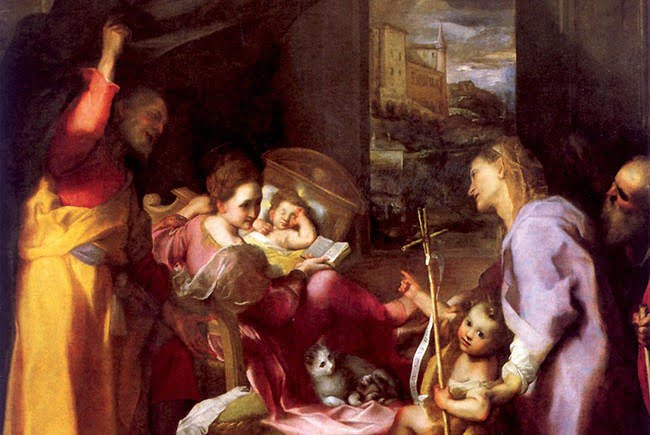
“Madonna with Child and Cat, Frederico Barocci
Barocci regularly places cats in his works on gospel themes. The artist paints them in the stable, in the house and in the manger. On his canvases, these animals symbolize motherhood, as well as everything that is related to homeliness. In this sense, he can even be seen as Europe’s first animal advocate.
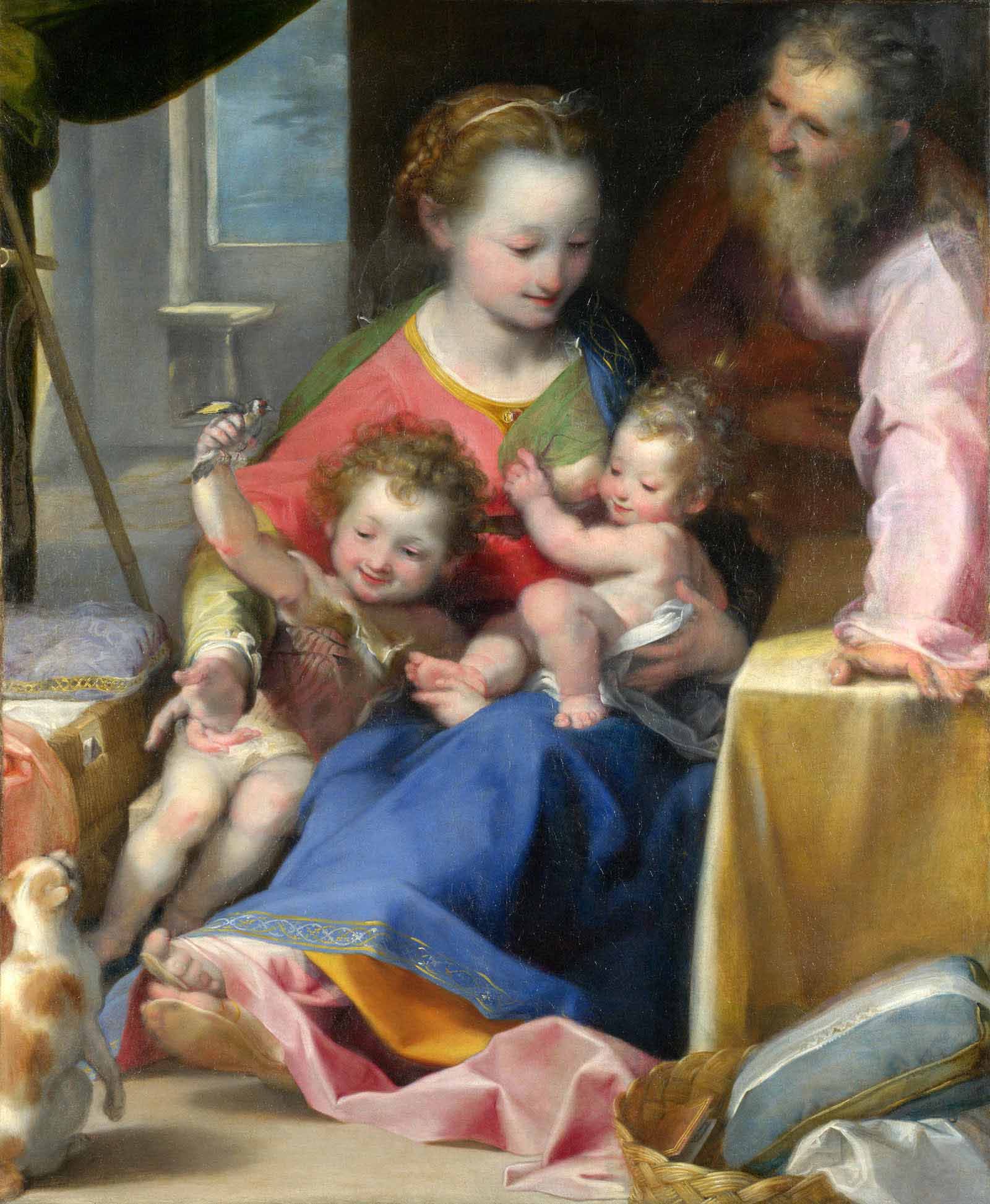
“Madonna with Child Jesus and Child John the Baptist, Frederico Barocci
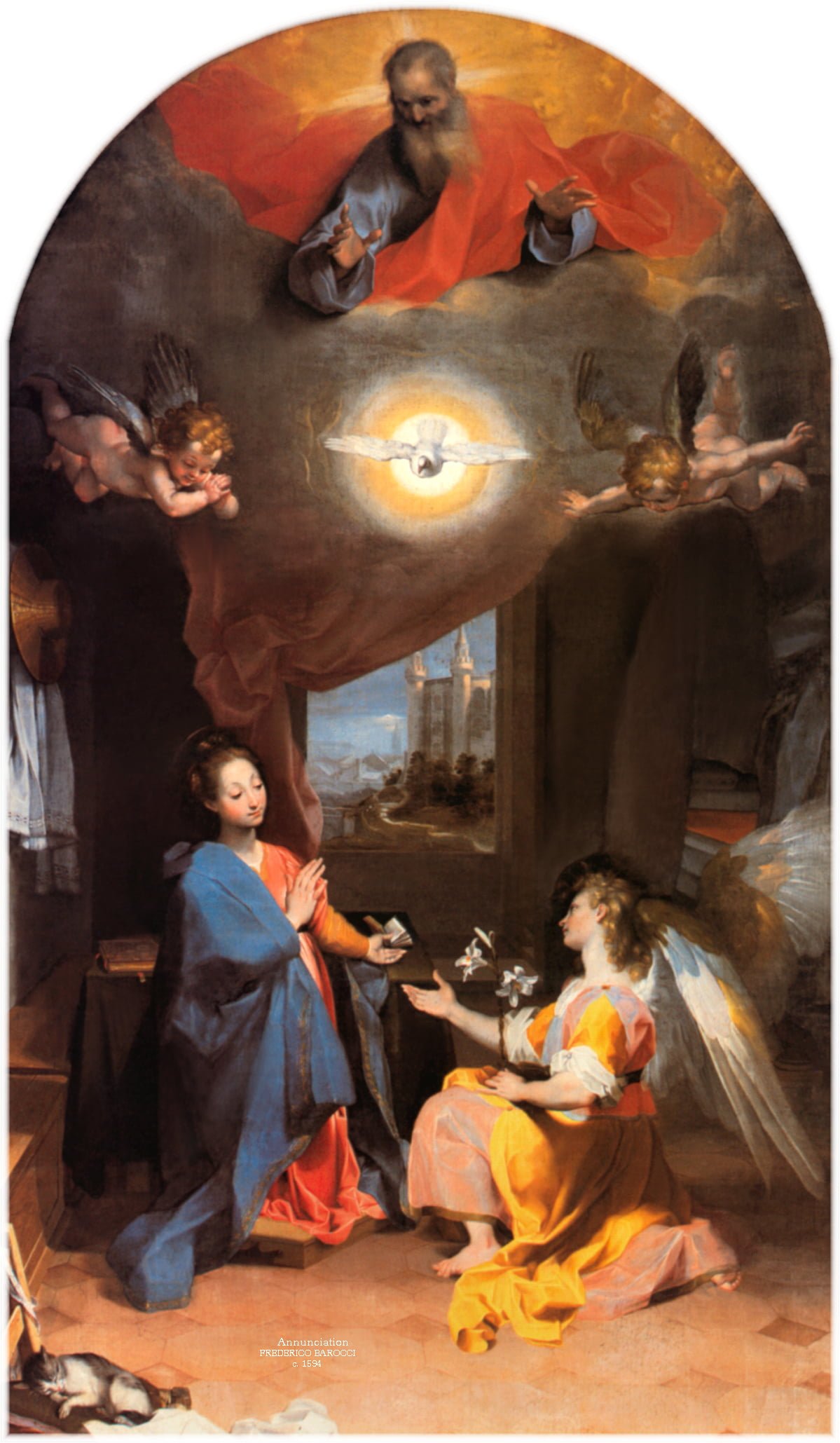
“The Annunciation, Frederico Barocci
Jean-Baptiste Perronneau
The flowering of the French portrait painter’s creativity falls on the XVIII century. Most of Jean-Baptiste Perronneau’s paintings are in pastel, and the artist himself is considered one of the best masters in the world of working in this technique. “Portrait of a Girl with a Cat” is a very famous painting by the painter. It is kept in the National Gallery in London, and art historians are still arguing about its authenticity. However, if it is
it is, however, a forgery, it must be admittedly very skillful. The authorship of the rest of Perrono’s paintings is not disputed.
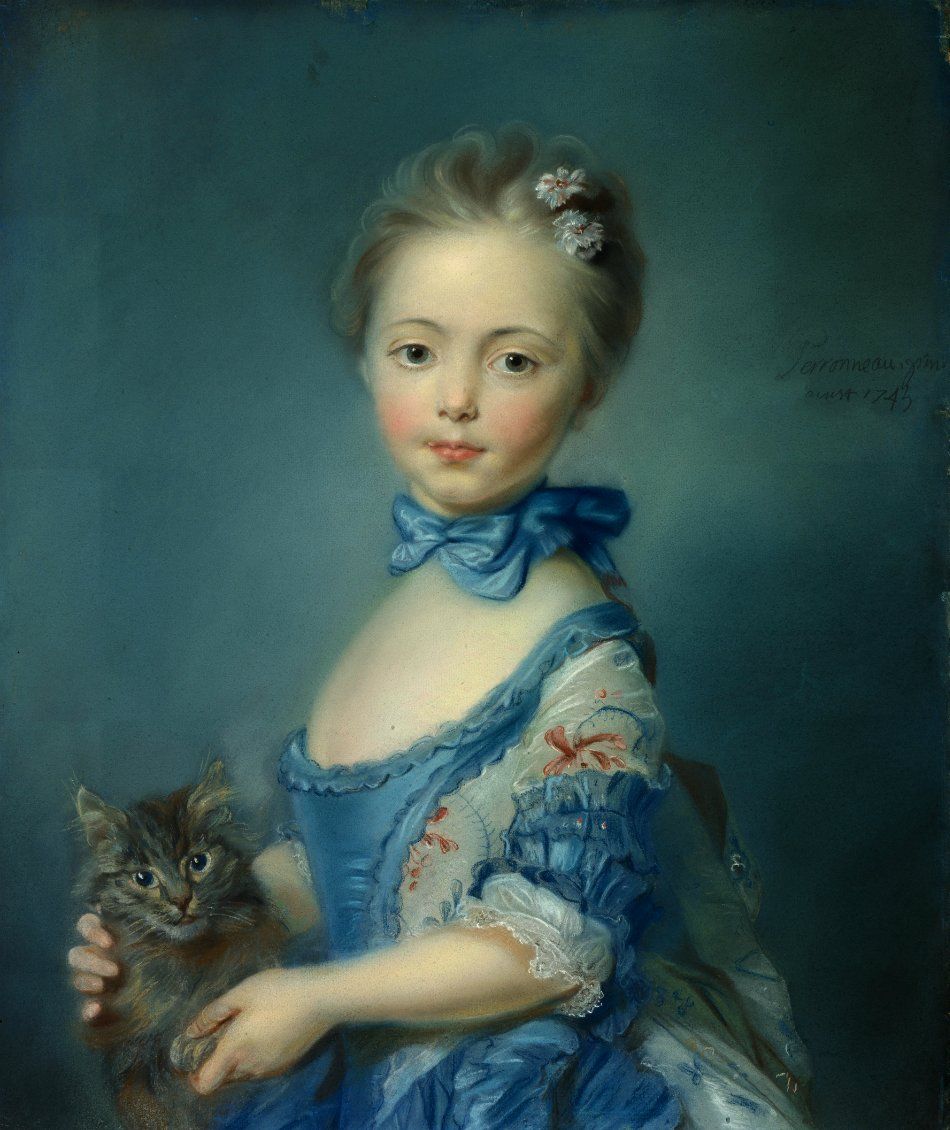
“The Girl with the Kitten,” Jean-Baptiste Perronneau
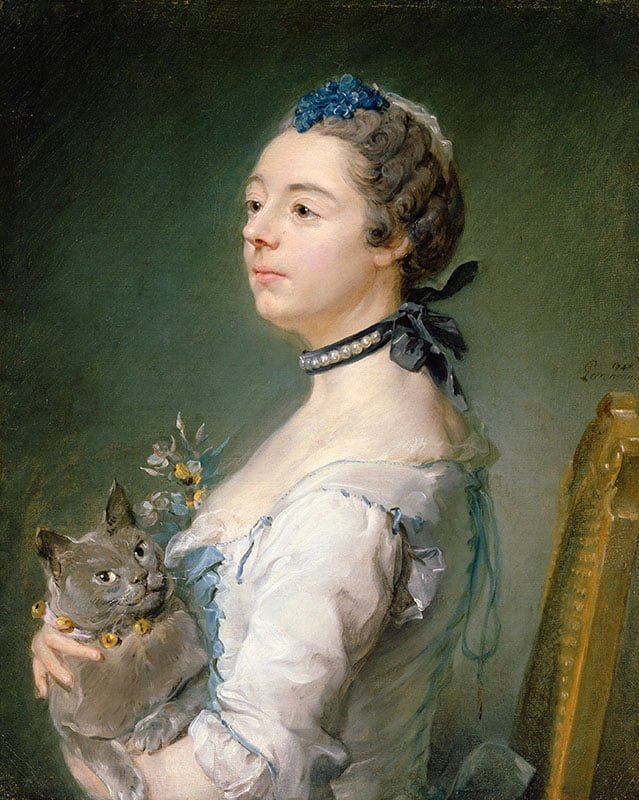
“Magdalena de la Grange, née Parseval, Jean-Baptiste Perronneau
Emile Munier and Jean Leon Basile Perrault
These artists were representatives of academic painting. They painted in the style of “sentimental realism,” which the French Impressionists considered obsolete, and were also masters of genre scenes. Emile Munier and Jean Leon Basile Perrault lived and worked around the same time. Both artists are known to have been remarkable fathers. Emile Munier had two children. Soon
after the birth of his second child, his wife passed away, and the widowed husband devoted himself entirely to creativity, teaching, and his babies, Henri and Marie-Louise. Jean Leon Basil Perrault had six children. Well, where there are many children, kittens necessarily appear.
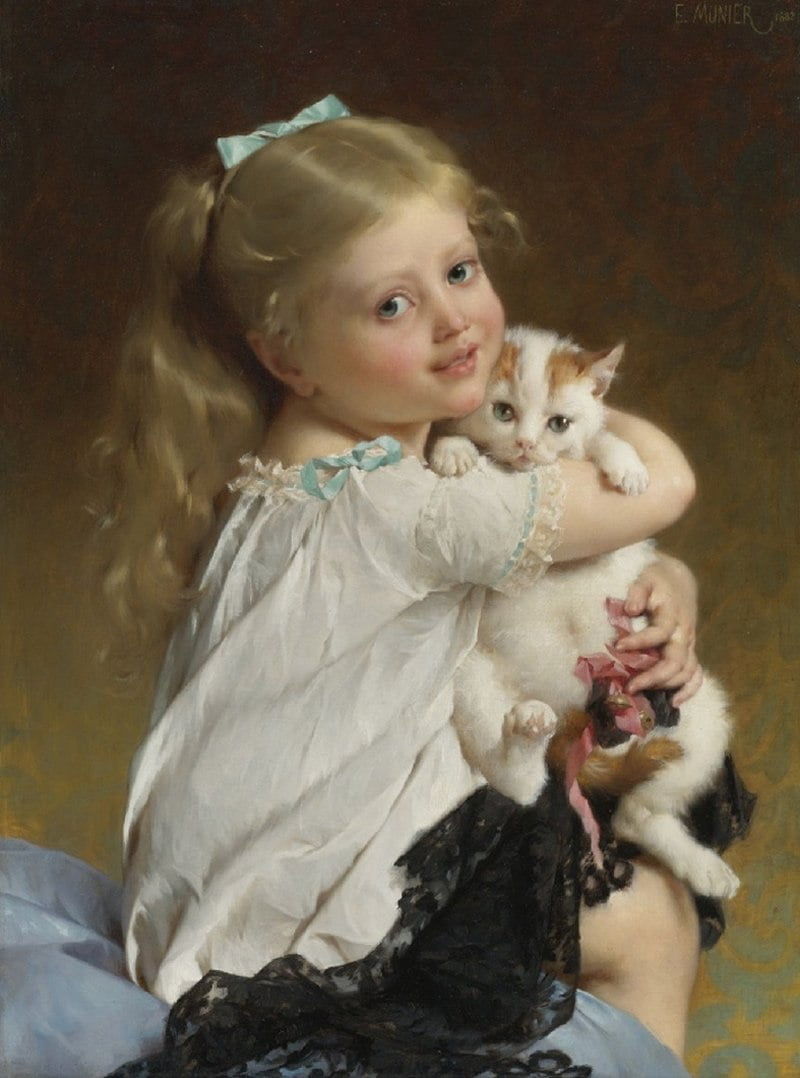
“Her Best Friend,” Emile Munier
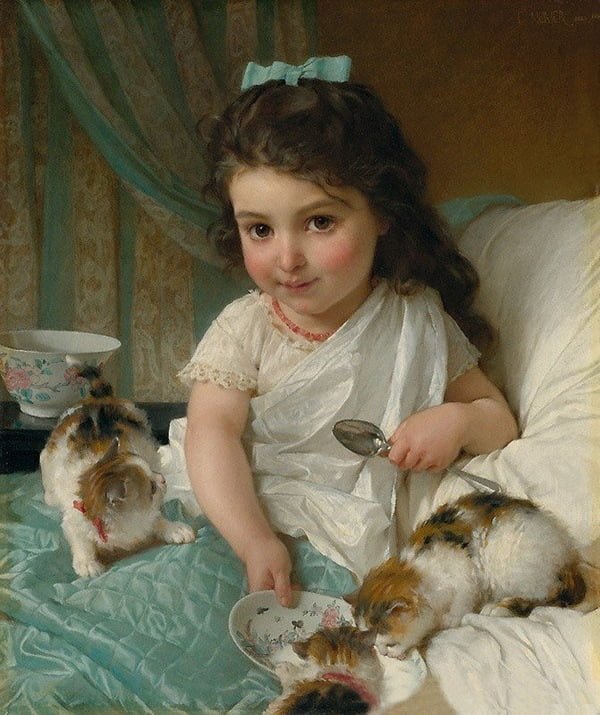
“Breakfast,” Emile Munier
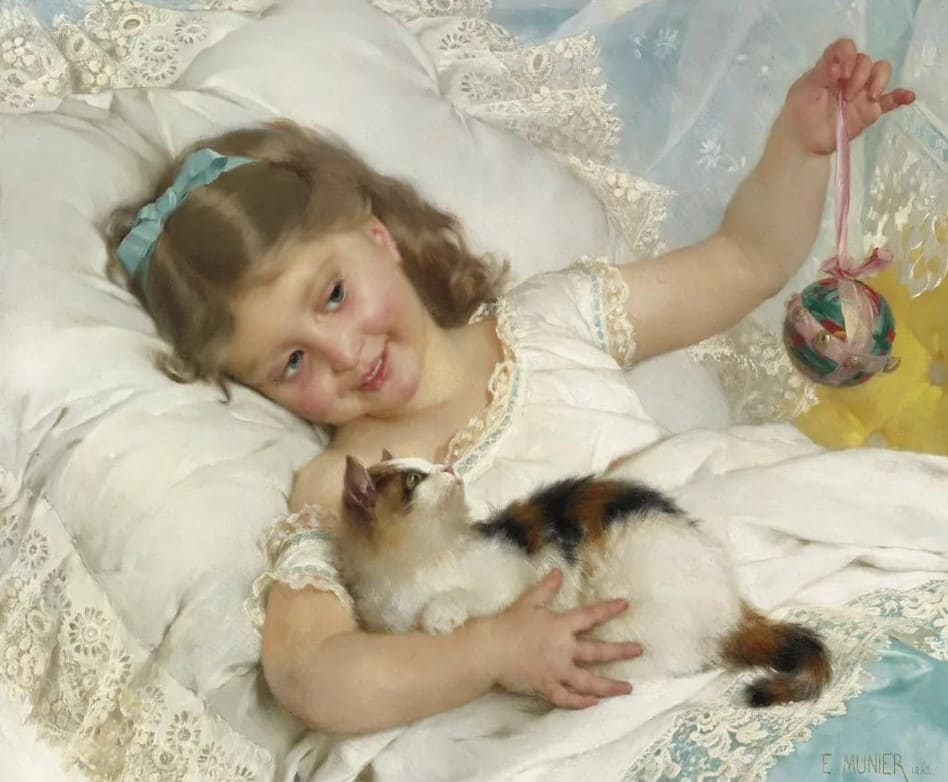
“The Girl Playing with the Kitten” by Emile Munier
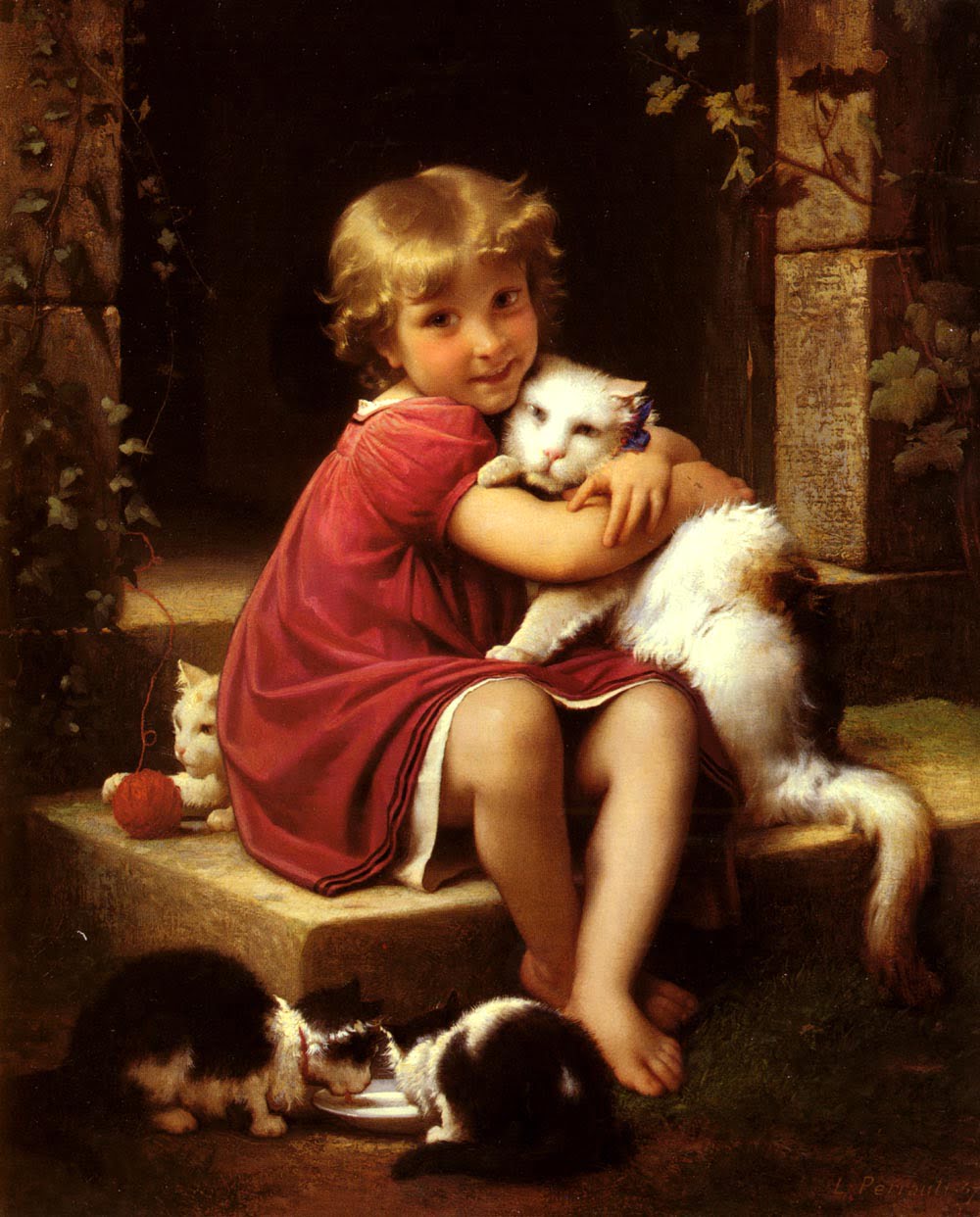
“Her Favorite Pet,” Jean Leon Basil Perrault
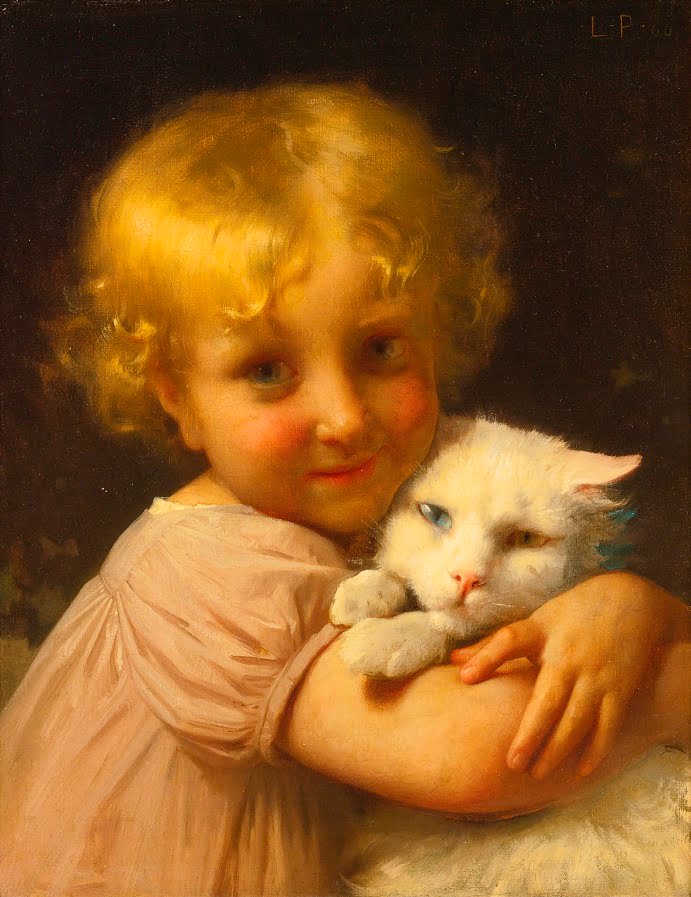
“Best Friends,” Jean Leon Basil Perrault
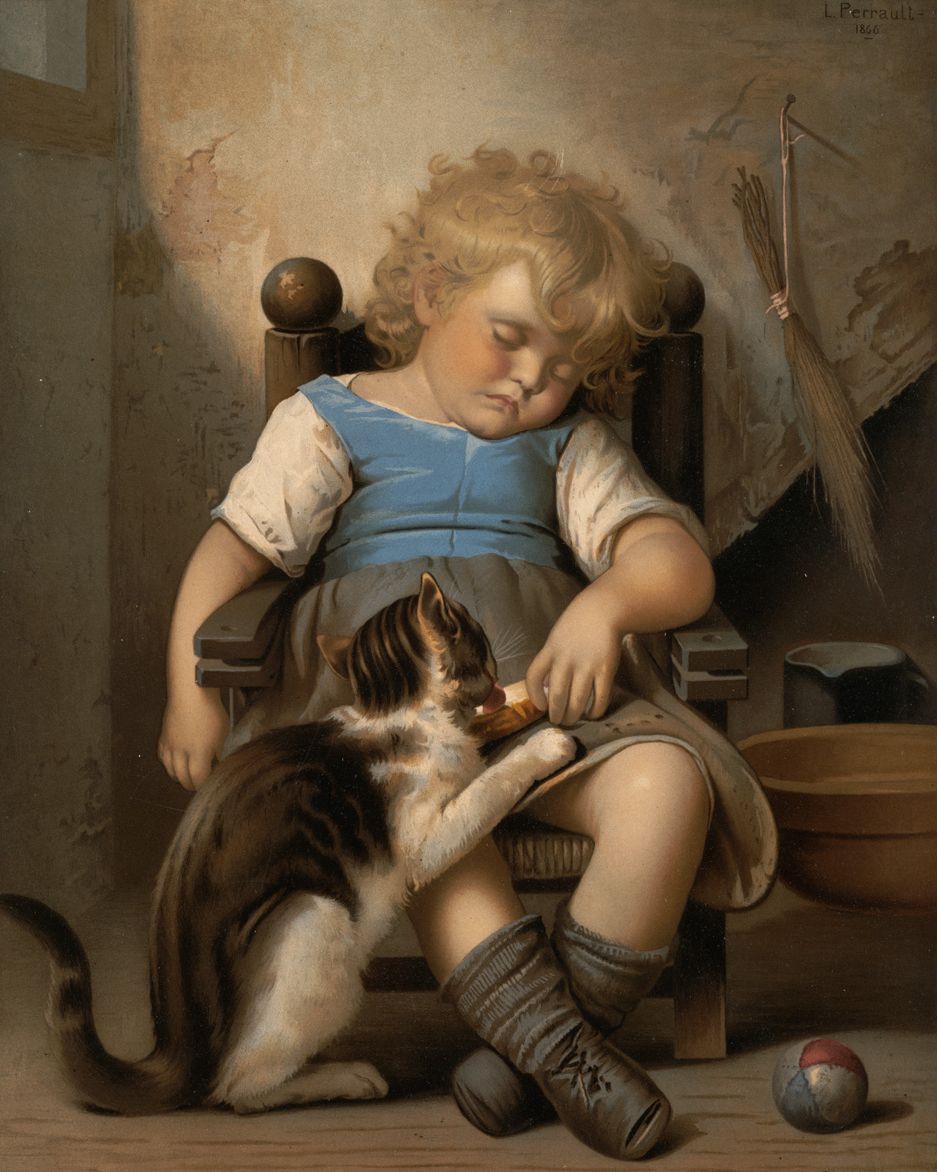
“The Asleep Girl,” Jean Leon Basil Perrault
Julius Adam
Julius Adam lived in Germany. He painted from the end of the 19th century to the beginning of the 20th century. His works glow with happiness, and it is not surprising – after all, the artist painted childhood. True, instead of children, his paintings depict kittens, sometimes together with their mother cat.
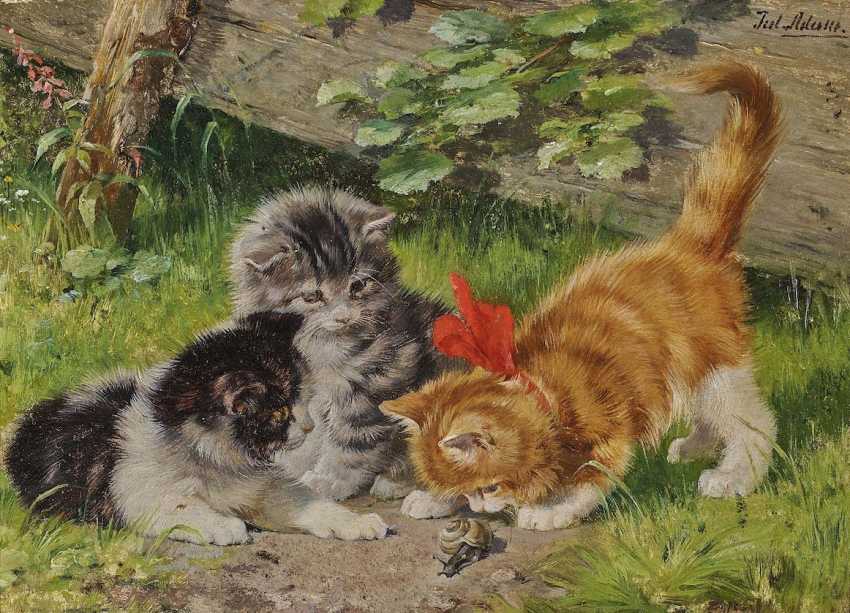
“Three Kittens,” Julius Adam
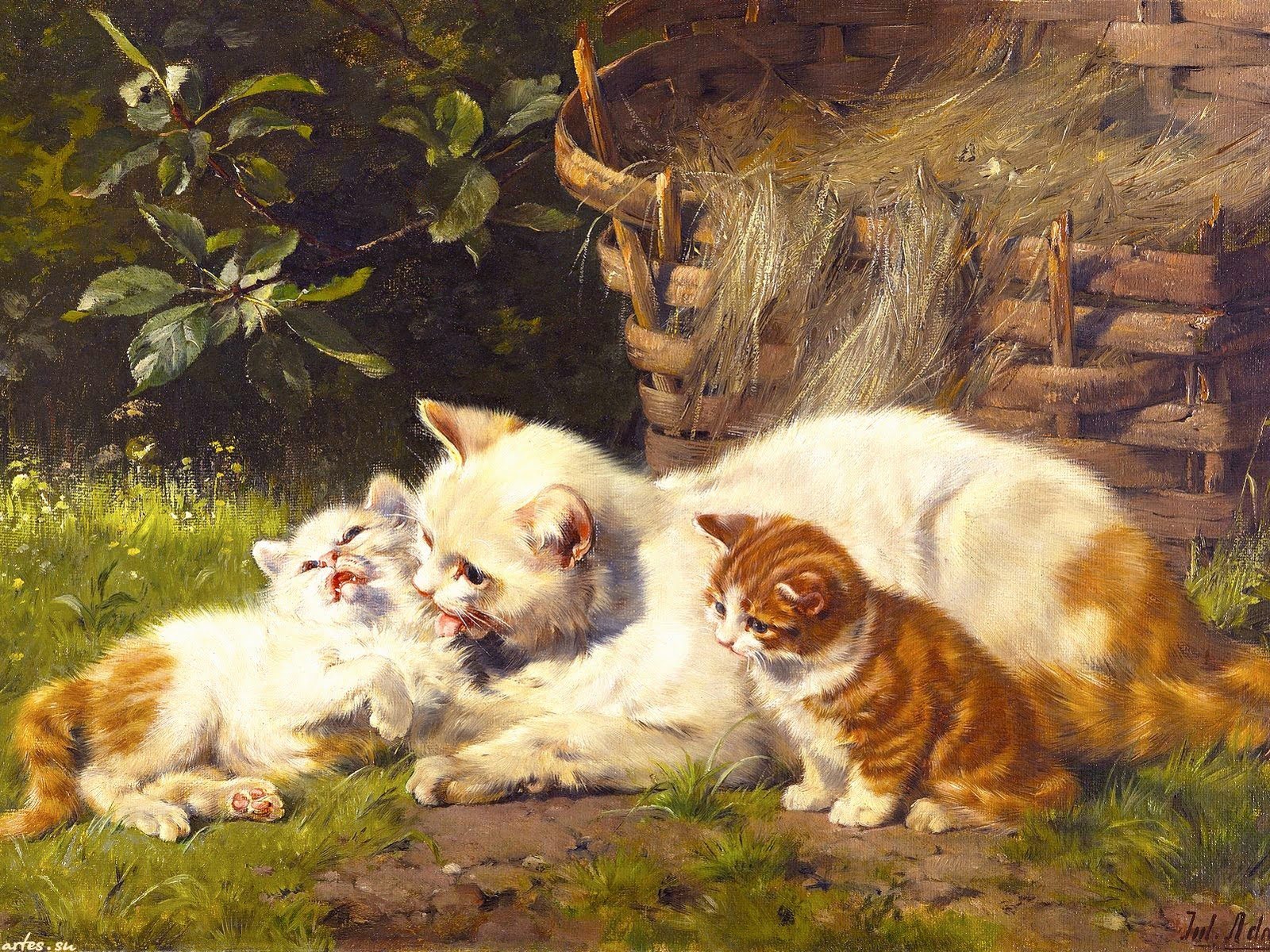
“A Red Cat with Kittens,” Julius Adam
Henrietta Ronner-Knip
This Dutch artist, who lived in our century, had great experience in painting animals. She painted from life the four-legged pets of the Habsburgs and Hoggenzollerns. Henrietta herself had several cats and dogs.
For her services to the state, the woman received one of the most honorable royal awards in the Netherlands – the Order of the Orange-Nissau. At an art auction, held in 2006, an unknown buyer paid 500 thousand dollars for a painting by Henrietta Ronner-Knip “Playing kittens”.
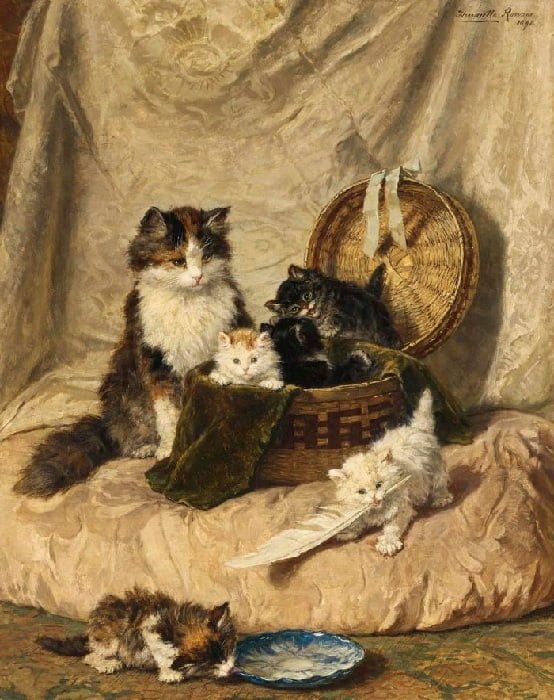
“Playing Kittens,” Henrietta Ronner Knip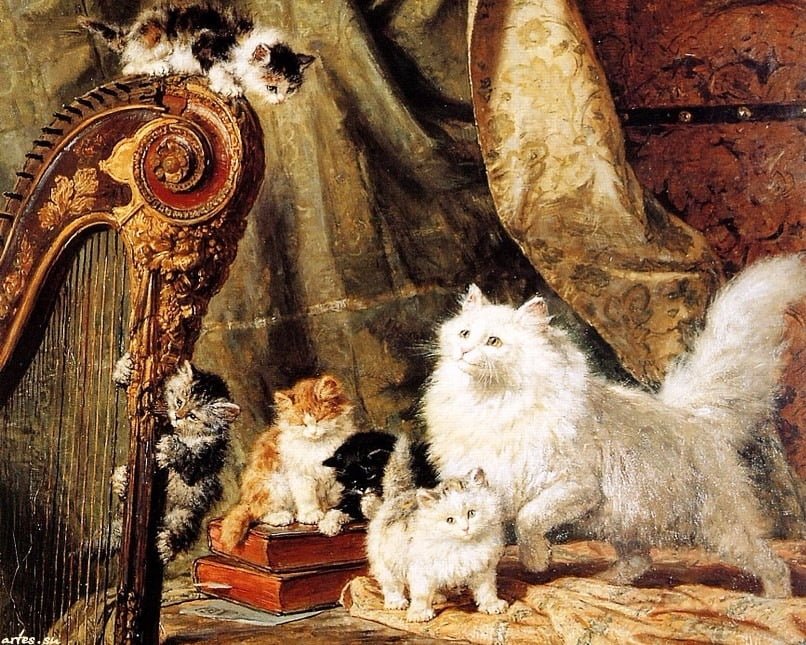
“Young Musicians,” Henrietta Ronner-Knip
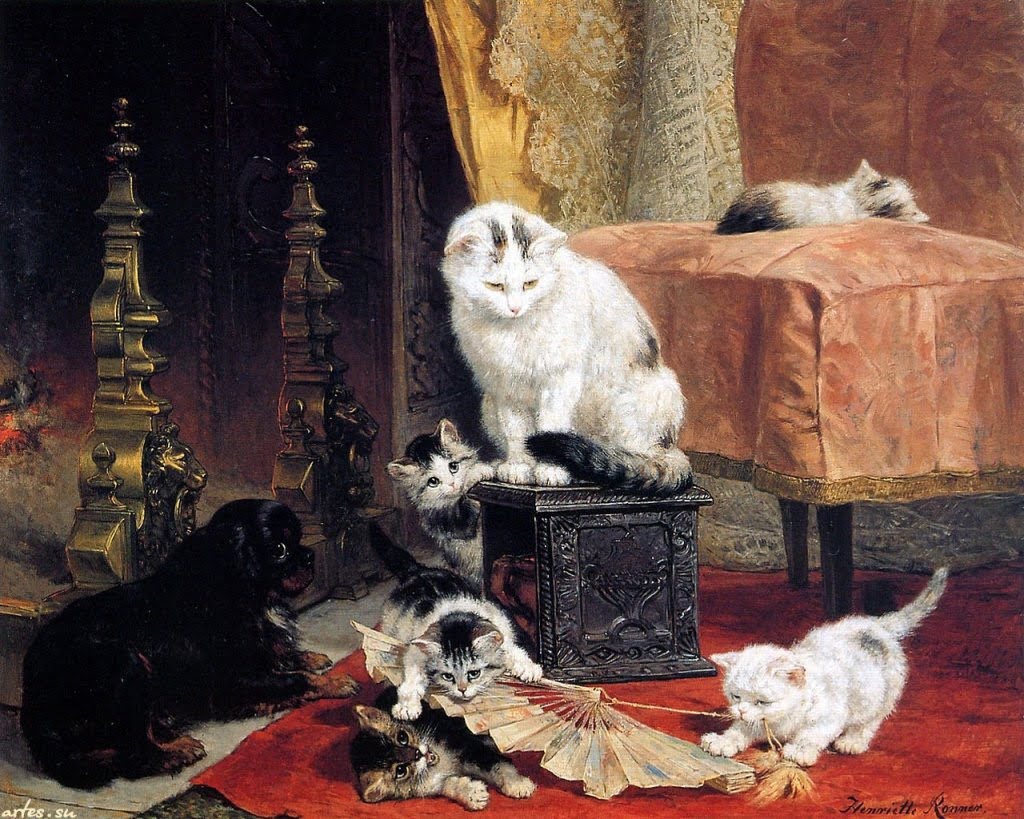
“The Fan Game,” Henrietta Ronner-Knip
Karl Kahler
This painter, who worked in Austria at the end of the century before last, was never a fan of animalism. But it was Karl Kahler who had the honor of painting the world’s largest portrait of cats – there are 42 of them in the painting! The customer of the grandiose canvas, which is known as My Wife’s Lovers, was the American millionaire Kate Birdsell Johnson. According to legend, the painting was so titled by her husband, who, unfortunately, did not see the finished masterpiece. The couple kept as many as 350 cats in their estate! To fulfill the woman’s order, Karl Kahler had to spend three long years observing the habits of the animals. As it turned out, painting cats is very difficult.
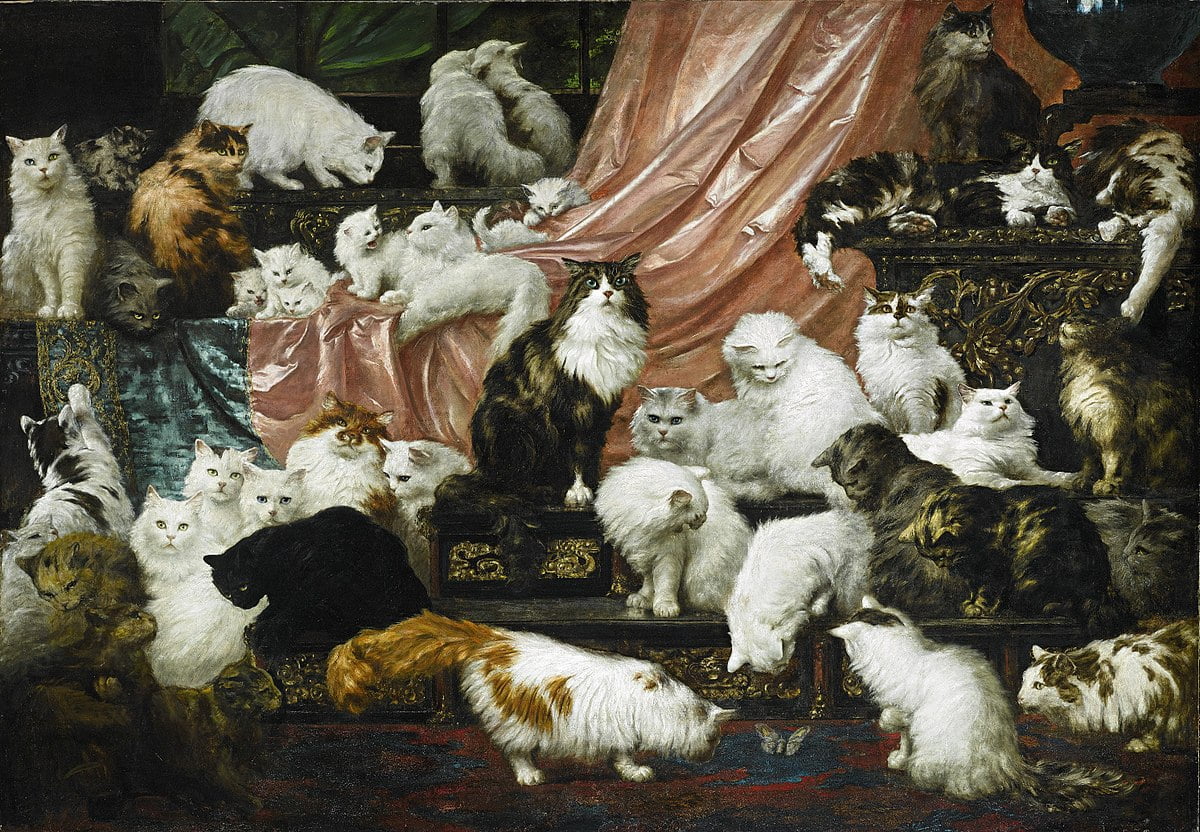
“My Wife’s Lovers,” Carl Kahler
Louis-Eugène Lambert
Louis-Eugène Lambert was a pupil of Eugène Delacroix and Paul Delaroche. The heyday of his art came in the second half and the end of the 19th century. In general, Lambert originally painted birds, and he became interested in cats after his painting entitled Cats and Parrots was enthusiastically received at the Paris Salon in 1857. After the exhibition, cats became a major theme in the artist’s work. Subsequently, he was even nicknamed “the cat Raphael,” despite the fact that he sometimes still painted other animals as well, and was also involved in illustrating La Fontaine’s fables. During his lifetime, in 1874, Louis-Eugène Lambert was awarded the Order of the French Legion.
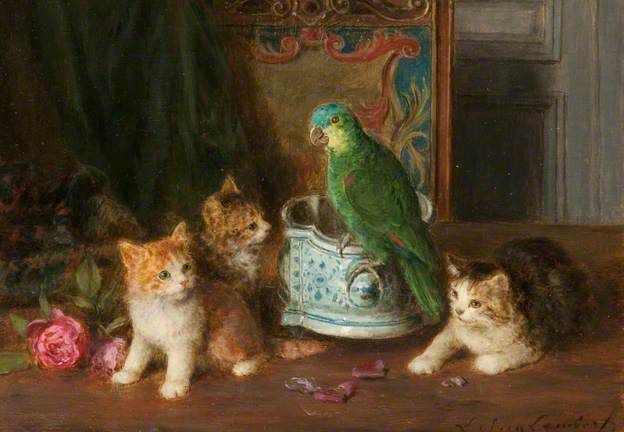
“Cats and the Parrot,” Louis Eugène Lambert
Marguerite Gérard
The artist drew ideas for her works from observing the life of the middle class and high society of the late 18th and early 19th centuries, and in these circles of that time, pets were often kept. Marguerite’s work is distinguished by its own style – it is very feminine, filled with warmth, comfort and motherly love. Critics thought her subjects were primitive, but that’s often exactly what viewers wanted. They wanted to see that simple life could be joyful and carefree. One of Marguerite Gerard’s most famous paintings, entitled “The Triumph of the Cat,” is in the Pushkin Museum in Moscow, although, in our opinion, the painting “The Cat’s Lunch” turned out to be no less triumphant.
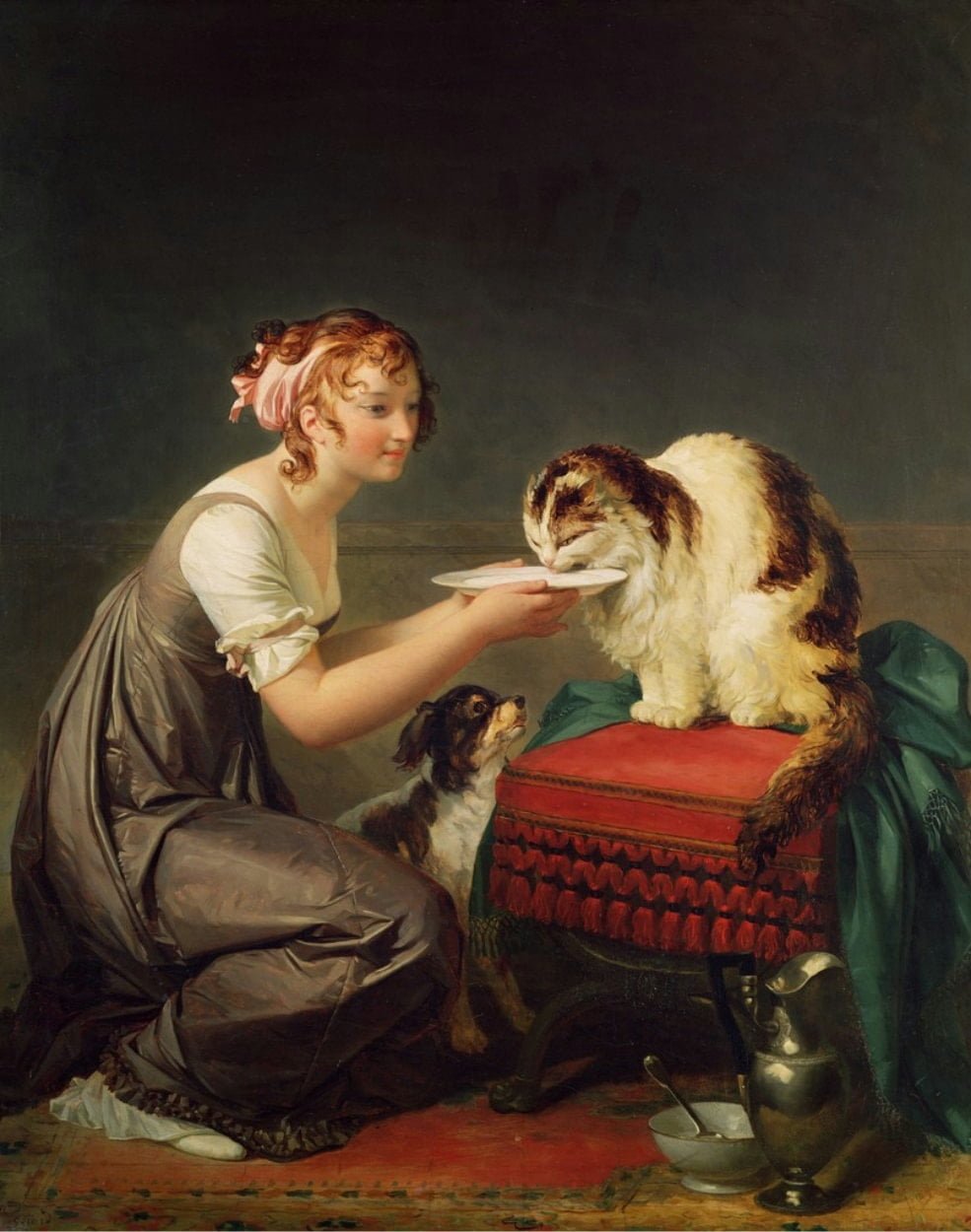
“The Cat’s Lunch,” Marguerite Gerard
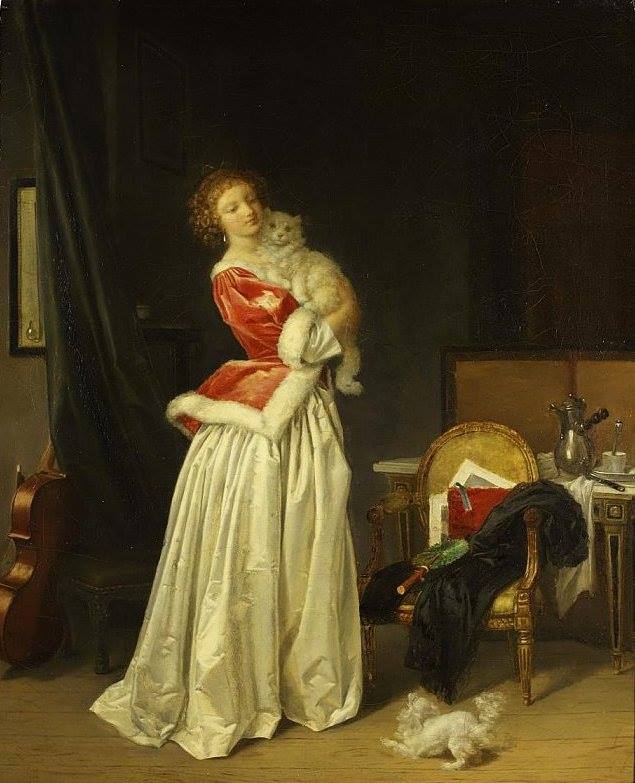
“Pussycat Triumph,” Marguerite Gerard
Louis William Wayne.
This distinguished artist not only painted in a Victorian fairy-tale style, but also worked as an illustrator and was a graphic artist.
Often animal lovers tend to humanize their pets. Here, too, Louis William Wayne’s cats look like people. Thus, the artist sought through creativity to eradicate the hatred of cats, characteristic of English society. Because of this, he can rightly be considered one of the first animal advocates.
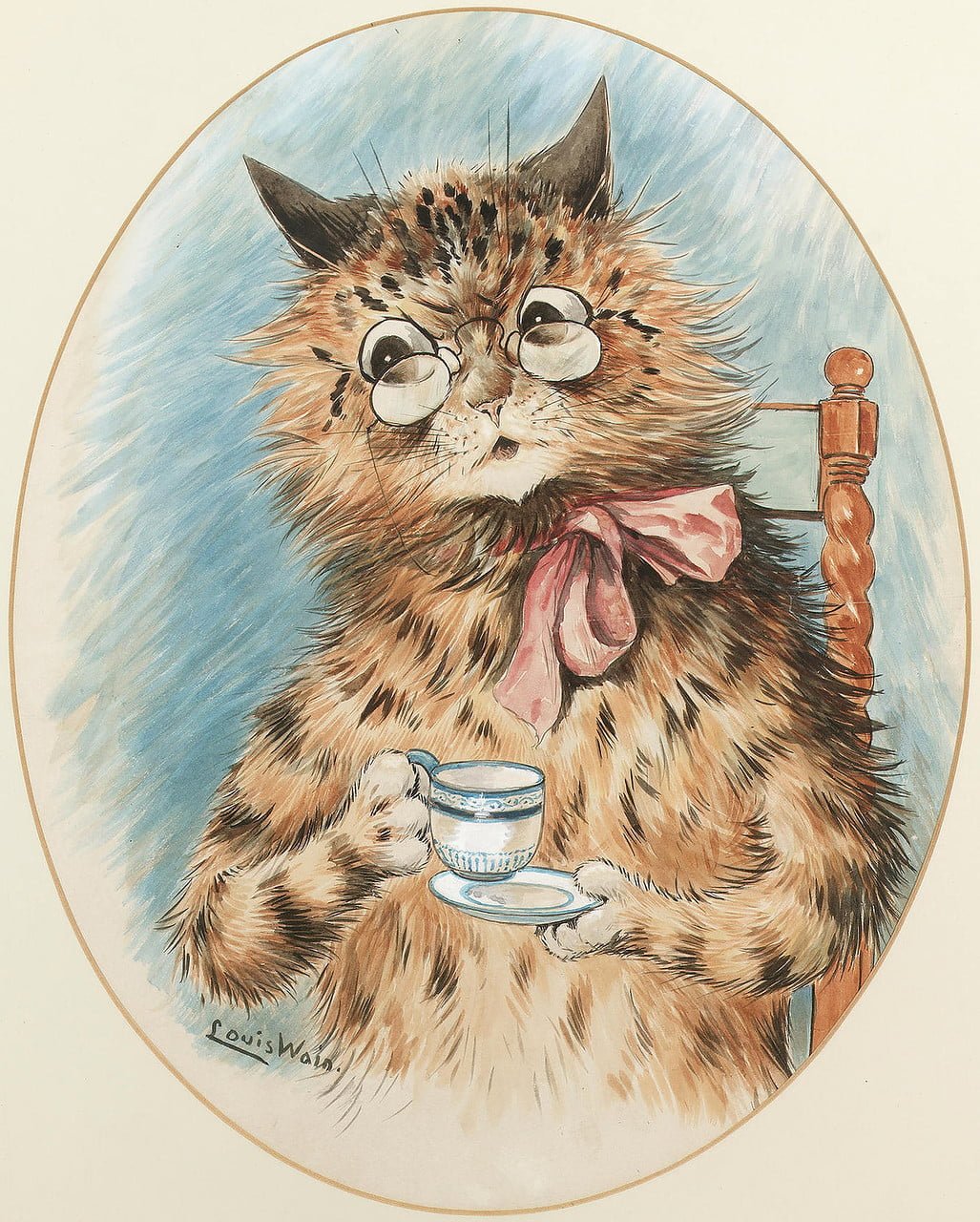
“The Intelligencer,” Louis William Wayne
The painter married against the will of his family. He began to paint his cats when his beloved wife became seriously ill. To entertain her somehow, the artist invented different scenes with Peter the cat, and then he drew them. At first, the hero of his plots only read and wore glasses. Subsequently, Wayne’s cats learned to smoke, play cards and dance. In Louis William’s paintings, they live a human life – they quarrel, make peace, and attend social events. Unfortunately, these cats became a classic illustration of schizophrenia in psychology textbooks – by the end of his life the artist was increasingly suffering from this disease, and you can clearly see from his works how the master’s reality was changing.
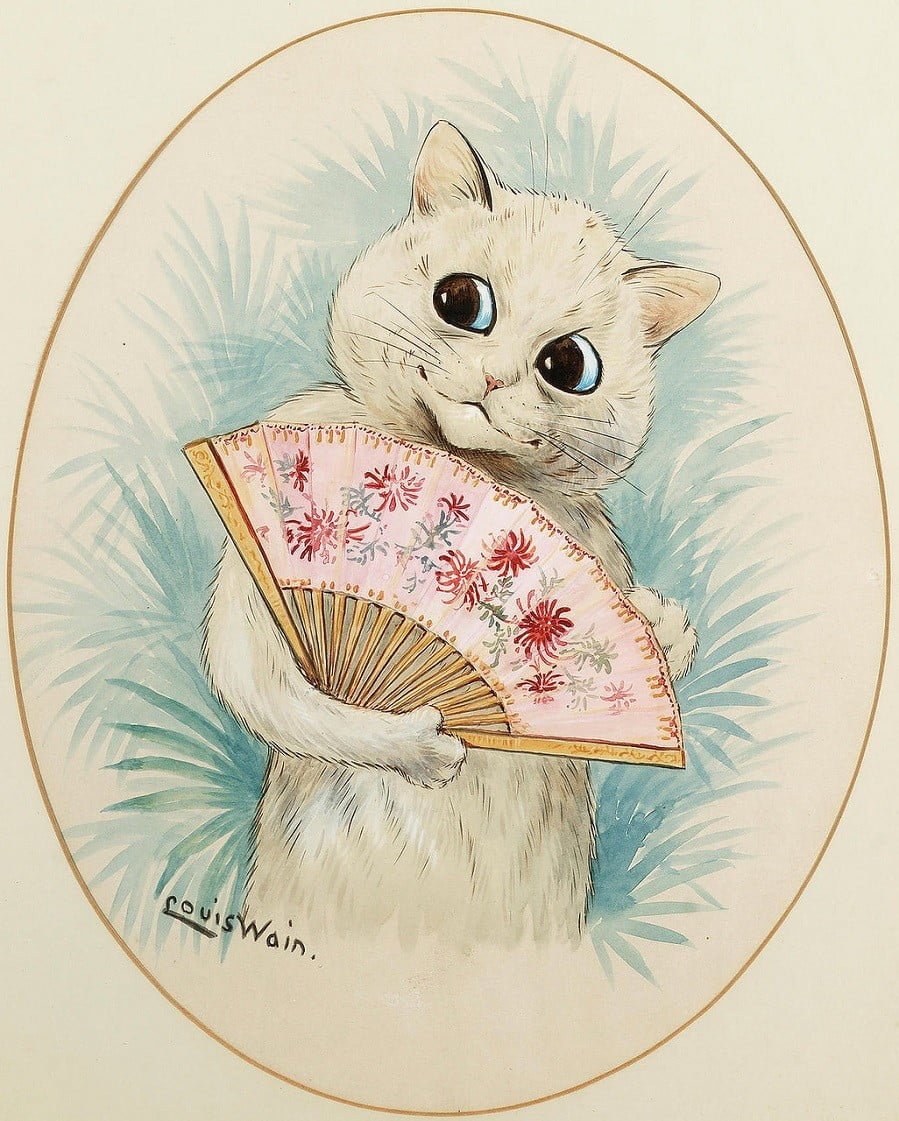
“The Cat with the Fan,” Louis William Wayne
